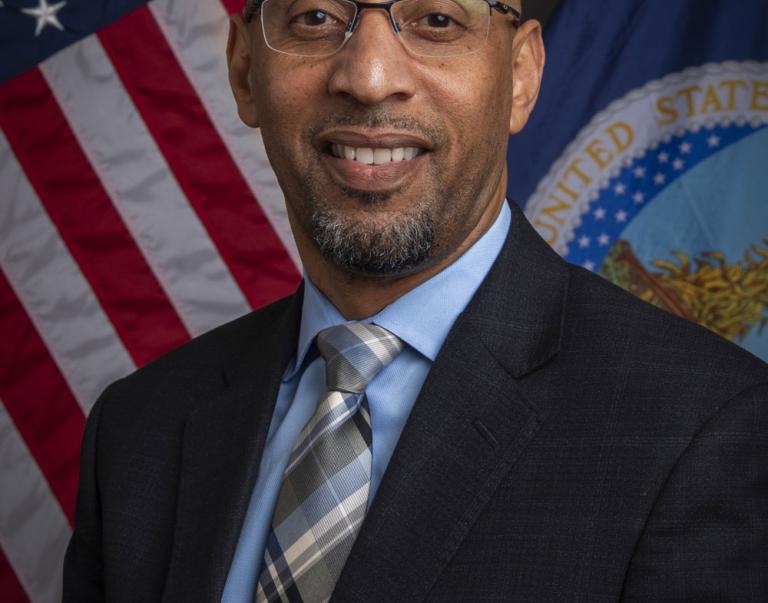Climate, Energy and the Environment
The Bipartisan Infrastructure Law invests about $5.5 billion in lands and resources entrusted to the Forest Service, including many of the landscapes and watersheds we manage together with our federal, tribal, state, private and other partners. The new funding will let us build new and increased capacity for working with partners to improve wildland fire management and repair infrastructure, both nature-based and constructed, across the national forests and grasslands.
Of the $5.5 billion, about $3 billion will be invested over five years to reduce the risk of wildland fire and restore ecosystems. These investments will support our 10-year strategy for reducing wildfire risk by treating the right landscapes at the scale needed to sustain and restore healthy, resilient fire-adapted forests.
The bill also invests in our workforce by creating a new occupational series for wildland firefighters, sorely needed in this era of growing fire severity and extreme fire behavior.
In addition, the Infrastructure Investment and Jobs Act provided $918 million to invest in both new dam and flood prevention projects as well as repairs on existing watershed infrastructure. This includes dams, water storage structures, flood management systems, bank stabilization projects, and other efforts. USDA’s Natural Resources Conservation Service is funding projects in rounds, and NRCS will continue to review and fund requests as funds are available. NRCS encourages local sponsors to submit requests for funding.
Broadband
Expanding broadband availability in rural areas will help create jobs, help farmers use precision agriculture technologies, expand access to health care and educational services, and create economic opportunities for millions of rural Americans across the country.
Transportation
The new funding will help the Forest Service restore buildings, support outdoor recreation and repair roads through the Federal Lands Transportation Program. It extends Secure Rural Schools authorization and funding through 2023 and lets the Forest Service improve our use of resource advisory committees. By removing the cap on the Reforestation Trust Fund, it gives the Forest Service more resources for postfire reforestation, additional funding for repairing trails, restoring fish passage and decommissioning legacy roads. It strengthens the Joint Chiefs Program for fuels and forest health projects and sets the stage for improving policies related to wildland fire prevention and management as well as postfire rehabilitation.
Bipartisan Infrastructure Law
White House Bipartisan Infrastructure Law View the BIL Guidebook
-
News
White House Infrastructure News
2022-01-14 - Fact Sheet: Biden-Harris Administration Hits the Ground Running 60 Days into Infrastructure Implementation
2021-11-06 - Fact Sheet: The Bipartisan Infrastructure Deal
2021-11-06 - Statement by President Joe Biden on the House Passage of the Bipartisan Infrastructure Investment and Jobs Act
2021-08-13 - Fact Sheet: How President Biden’s Build Back Better Agenda Helps Rural Communities
Resources
- Forest Service
-
The Bipartisan Infrastructure Investment and Jobs Act of 2021 (PDF, 2.6 MB) provides the Forest Service $5.5 billion and the authority to tackle the most pressing issues facing our natural resources and associated infrastructure, such as trails, roads and bridges.
- More information: Infrastructure Investment and Jobs Act
- Natural Resources Conservation Service
-
- More information: Bipartisan Infrastructure Law
- Contact: NRCS Watershed Program Managers
- Rural Development
-
The ReConnect Loan and Grant Program furnishes loans and grants to provide funds for the costs of construction, improvement, or acquisition of facilities and equipment needed to provide broadband service in eligible rural areas.
- More information: ReConnect Program



